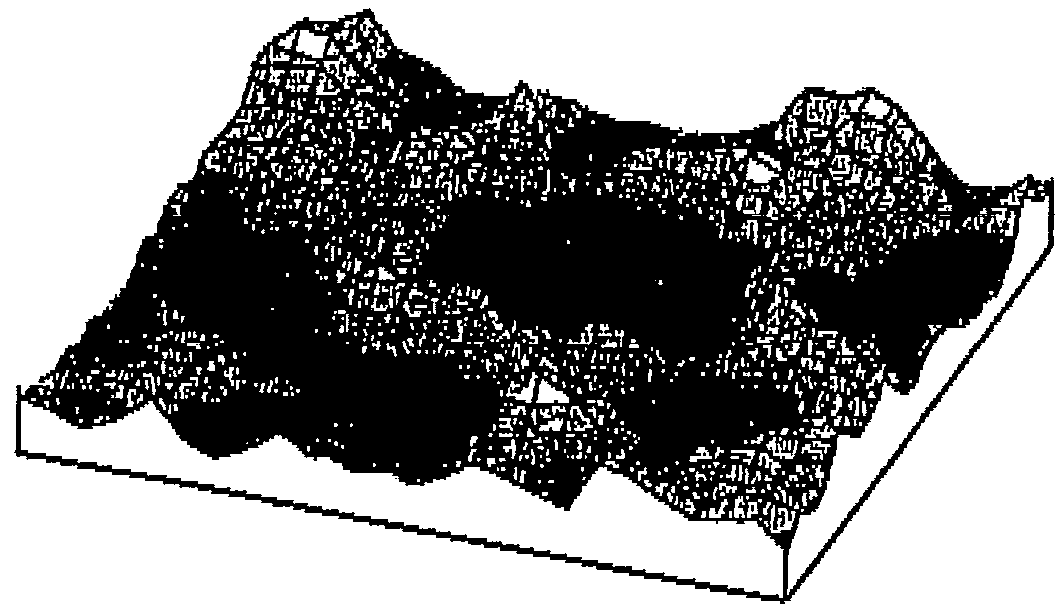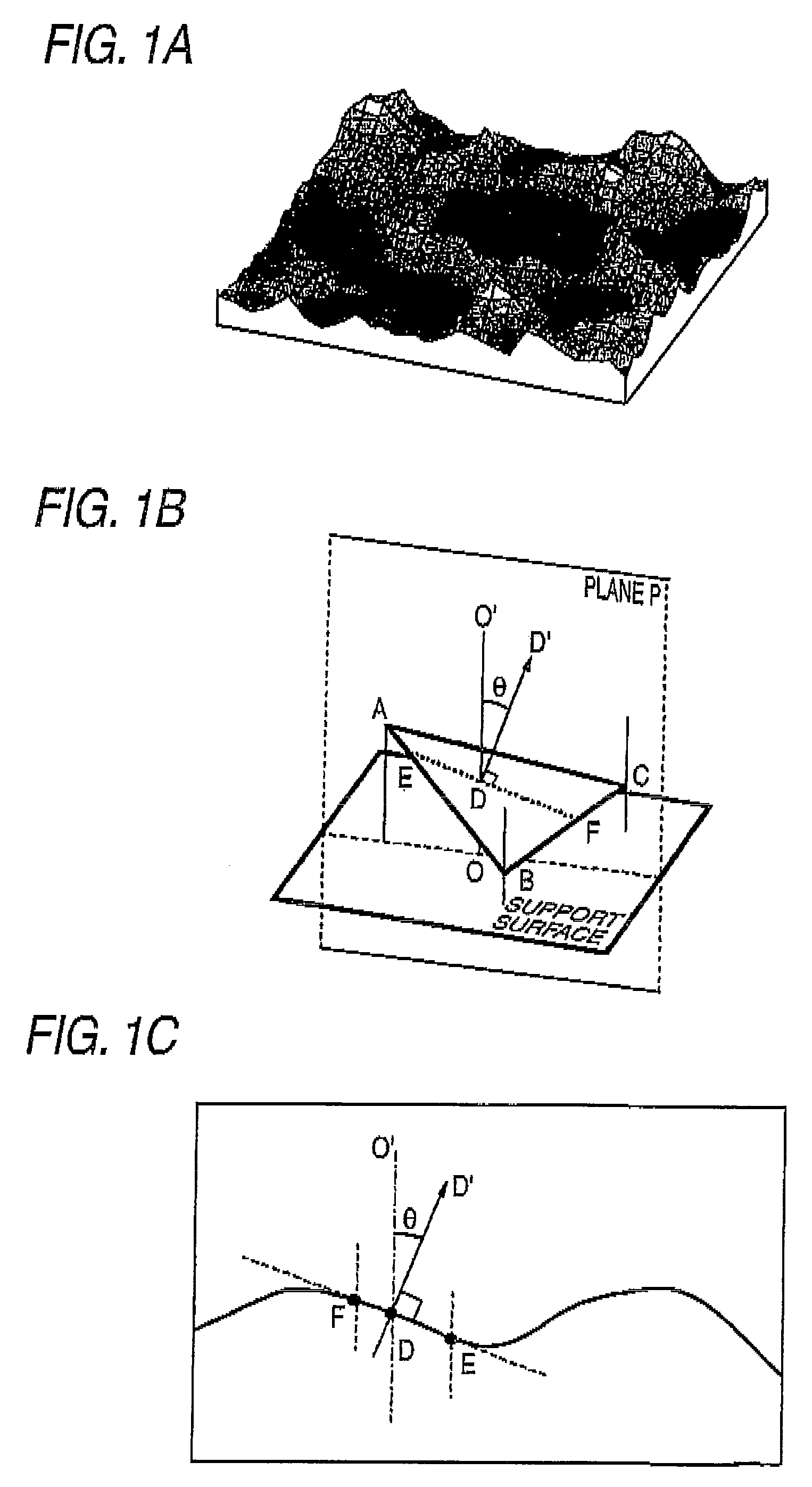Antireflection film, polarizing plate and image display device
a technology of anti-reflection film and polarizing plate, which is applied in the direction of synthetic resin layered products, instruments, transportation and packaging, etc., can solve the problems of poor precipitation, use of resin particles, and film brittleness, and achieve excellent long-term durability and excellent producibility.
- Summary
- Abstract
- Description
- Claims
- Application Information
AI Technical Summary
Benefits of technology
Problems solved by technology
Method used
Image
Examples
example 1
(Production of Antireflection Film Sample)
[0279]A roll of triacetyl cellulose film (TAC-TD80U, by FUJIFILM) having a thickness of 80 μm is unrolled, and coated with the coating liquid for antiglare layer or diffusive layer shown in Table 1, according to a die coating method using a slot die described in Example 1 in JP-A 2006-122889, at a traveling speed of 30 m / min, then dried at 60° C. for 150 seconds, and irradiated with UV rays from an air-cooled metal halide lamp (160 W / cm, by Eyegraphics) at an illumination intensity of 400 mW / cm2 and at an irradiation dose of 100 mJ / cm2, under nitrogen purging to be in an atmosphere having an oxygen concentration of about 0.1%, thereby curing the coating layer, and thereafter the film is rolled up. The coating amount is so controlled that the thickness of the antiglare layer or the diffusive layer could be as in Table 1.
(Evaluation of Light-Transmissive Resin Particles)
(1) Compression Strength:
[0280]The compression strength is determined, usi...
example 2
[0300]Iodine is adsorbed by polyvinyl alcohol, which is stretched to prepare a polarizing film. A triacetyl cellulose film (TAC-TD80U, by FUJIFILM) is dipped in an aqueous NaOH solution (1.5 mol / L) at 55° C. for 2 minutes, then neutralized and washed with water. The sample (saponified) of the invention in Example 1. These are stuck to the two surfaces to the polarizing film to protect it, thereby producing a polarizing plate. Thus produced, the polarizing plate is replaced for the polarizing plate on the viewing side of a notebook-size liquid-crystal display device carrying a transmission-type TN-mode liquid-crystal display device built therein (this has a polarization separation film having a polarization selective layer, Sumitomo 3M's D-BEF between the backlight and the liquid-crystal cell therein) in such a manner that the antiglare layer or the diffusive layer can be the outermost surface of the device. Thus reconstructed, the display device is excellent in the antiglare propert...
example 3
[0301]As the protective film on the liquid-crystal cell side of the polarizing plate on the viewing side of the transmission-type TN-mode liquid-crystal cell to which the film sample of the invention of Example 1 has been stuck, and as the protective film on the liquid-crystal cell side of the polarizing plate on the backlight side thereof an optically-compensatory film (Wide-View Film-Ace, by FUJIFILM) is used. Thus reconstructed, the liquid-crystal display device is excellent in the antiglare property and the denseness of black in displays, free from a problem of reflection of background scenes on the panel surface and excellent in the light room contrast, and has an extremely high-level display quality. In addition, the viewing angle both in the vertical direction and in the horizontal direction of the device is extremely broad, and the device is extremely excellent in the image visibility.
PUM
| Property | Measurement | Unit |
|---|---|---|
| thickness | aaaaa | aaaaa |
| mean particle size | aaaaa | aaaaa |
| transparent | aaaaa | aaaaa |
Abstract
Description
Claims
Application Information
 Login to View More
Login to View More - R&D
- Intellectual Property
- Life Sciences
- Materials
- Tech Scout
- Unparalleled Data Quality
- Higher Quality Content
- 60% Fewer Hallucinations
Browse by: Latest US Patents, China's latest patents, Technical Efficacy Thesaurus, Application Domain, Technology Topic, Popular Technical Reports.
© 2025 PatSnap. All rights reserved.Legal|Privacy policy|Modern Slavery Act Transparency Statement|Sitemap|About US| Contact US: help@patsnap.com



